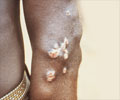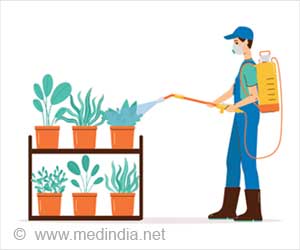
Dr. Peter J. Hotez, president of the Sabin Vaccine Institute and co-author of the study, examined the reasons for the apparent disconnect between the region's economic progress and its health systems.
Dr. Hotez, along with co-authors Dr. Derek A. Lobo, Dr. Raman Velayudhan, Dr. Priya Chatterjee and Dr. Harajeshwar Kohil, call for better management of NTD programs in South Asia in order to lessen the region's NTD burden.
The eight countries studied - Afghanistan, Bangladesh, Bhutan, India, Maldives, Nepal, Pakistan, and Sri Lanka - represent almost one quarter of the global population, or approximately 1.5 billion people, two thirds of whom (or nearly 1 billion people) live on less than 2 dollars per day.
"This extreme level of poverty is paralleled by high rates of NTDs," said Dr. Lobo, Consultant, Department of Public Health, Manipal University.
"For example, South Asian countries account for approximately one quarter of the world's soil-transmitted helminth infections, one-third or more of the global deaths from rabies and one-half or more of the global burden of lymphatic filariasis, visceral leishmaniasis and leprosy.
Advertisement
The study identified several prevalent diseases in South Asia including Visceral leishmaniasis, also known as kala-azar and Lymphatic filariasis (LF),
Advertisement
Lymphatic filariasis (LF), which causes elephantiasis of a person's extremities, is one of the most debilitating and disfiguring diseases in South Asia.
In India alone, 6 million people still suffer from LF. However, between 2004 and 2008, 600 million people living in endemic areas received drug treatment, and by 2008 disease prevalence was cut in half, the study revealed.
In addition, there are over 500 million cases of soil transmitted helminth (STH) infections in South Asia, which are too widespread to consider elimination at this time.
The study has been just published in the open-access journal PLoS Neglected Tropical Diseases.
Source-ANI










